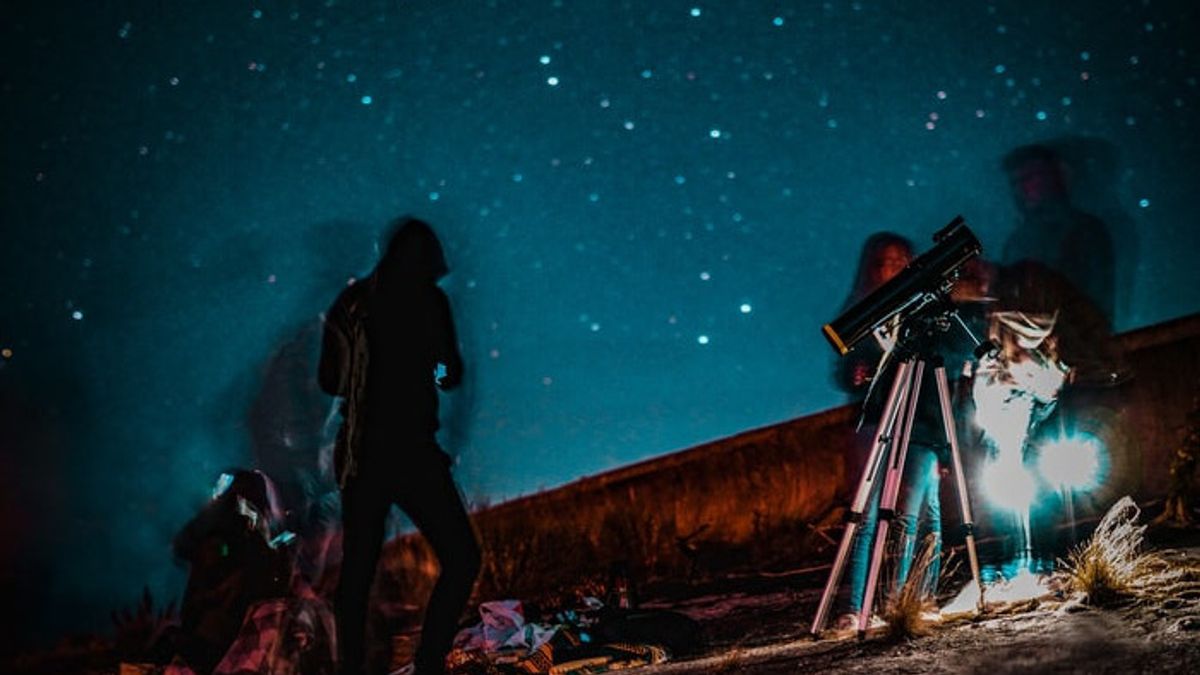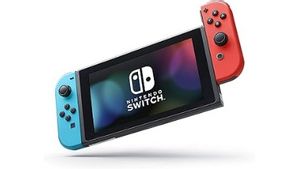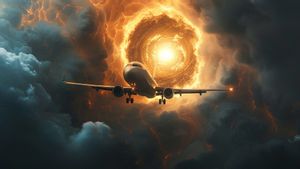JAKARTA - Humans have studied the sky and the constellations for thousands of years. Stargazing season in Portland is now on, so it's time to go outside and see the stars our ancestors have seen for centuries.
With three upcoming meteor showers and a blue moon, you'll never run out of things to scan. President of Rose City Astronomers, Margaret McCrea, provides some tips on how to get the most out of your stargazing experience.
What to bring?
To make the most of your stargazing experience, you'll need to have the right tools ready: warm clothes, snacks, water, and something soft to sit on, like a blanket or pillow.
Next, you need a star chart. McCrea recommends the planisphere, which is a wheel you can adjust according to the date and time you're looking at. There are also apps you can download on your phone, such as Stellarium, Skyview Lite, and Star Map, among others. She also recommends carrying a notebook to mark what you saw and when.
Although a telescope is a classic tool for stargazing, you don't have to buy one. Rose City Astronomers offers a telescope library to members who have been active for at least three months; The public library in Newberg also has telescopes available for checkout. If you're a beginner so you're wondering what type of telescope is best, McCrea suggests starting with a smaller one — binoculars are a great option too.
In Indonesia, there are also many space telescopes and star binoculars which are widely sold in digital applications such as Tokopedia or Bukalapak. Prices are in the range of Rp. 500 thousand to tens of millions of rupiah. Depending on your taste and financial ability to buy it.
Phones, however, seem less than useful, as the white light you absorb from all that scrolling will make it nearly impossible for your eyes to adjust to seeing most of the stars. You can use the night feature on your phone to help your eyes adjust by reducing the intensity of blue light. Consumption of alcohol and other drugs also mess with your vision, so it is not recommended to drink and stare.
Where to see it?
The most heard tip for stargazing is: look up. You learn by looking consistently, spotting patterns or bright spots that can be stars or planets, and noting the position of the sun or moon. The hazy spots could be star clusters, or clouds of gas and dust where new stars are forming.
For the actual location, in a large park or field so that there is no light pollution and is not blocked by tall buildings and trees. However, if you can't get out of town at night, try to get as high as possible in your home, to combat light pollution.
Some of the most popular places to look near Portland are Rooster Rock and LL Stub Stewart State Park. If in Jakarta, maybe the area around Puncak, Bogor will be more suitable.
What to look for?
Now is the best time for stargazing, as our viewing season is between July and September. July 28-29 brings two meteor showers: the Delta Aquarid and the Alpha Capricornid. McCrea's best advice for this is to get out the air mattress and lie down while watching the meteors streak through the sky. If you end up missing those two events, then the next Perseid meteor show will be August 12 to 13. If you can't see the meteor shower yet, look for the blue moon on August 22.
Enjoy!
The English, Chinese, Japanese, Arabic, and French versions are automatically generated by the AI. So there may still be inaccuracies in translating, please always see Indonesian as our main language. (system supported by DigitalSiber.id)









